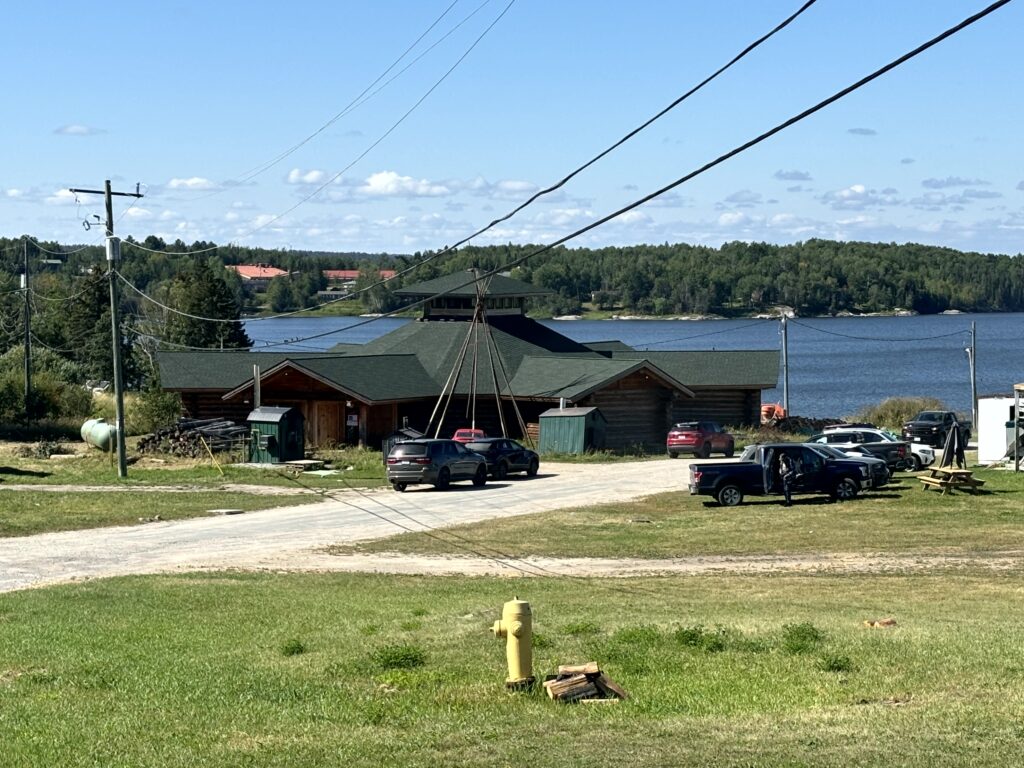Legal Framework
Introduction
The Grassy Narrows First Nation Child Care Law is grounded in the community’s inherent rights and the longstanding traditions of our people. This law is a vital part of our commitment to ensuring the well-being of our children, families, and community. It operates within a framework that respects our sovereignty while aligning with federal and provincial legislation.
Jurisdiction
Grassy Narrows First Nation retains full jurisdiction over child and family services for its members, whether they reside on or off the reserve. This includes the authority to:
Enact and enforce child welfare laws that reflect our cultural practices and community values.
Establish and manage child and family services through our own agencies.
Resolve disputes through culturally appropriate mechanisms that respect our traditions and governance structures.
Foundations of the Law
The Grassy Narrows Child Care Law is grounded in the following key principles:
Inherent Sovereignty: Grassy Narrows First Nation asserts its inherent right to govern child welfare according to our traditions, culture, and values.
Cultural Continuity: The law ensures our language, customs, and traditions are preserved for future generations.
Holistic Child Well-Being: The well-being of the child is the paramount consideration, encompassing physical, emotional, spiritual, and cultural health.
Relationship with Federal and Provincial Laws
The Grassy Narrows Child Care Law aligns with federal and provincial laws, including:
Bill C-92: Affirms Indigenous rights to oversee child and family services, supporting our efforts to strengthen community-based child welfare.
Section 35 of the Constitution Act, 1982: Affirms the protection of Aboriginal and Treaty rights, providing a constitutional foundation for our Child Care Law.
United Nations Declaration on the Rights of Indigenous Peoples (UNDRIP): The law incorporates principles from UNDRIP, particularly those related to the rights of Indigenous children to their culture, language, and identity.
Dispute Resolution
The law includes provisions for dispute resolution that honor our community’s consensus-based decision-making processes. Elders and Knowledge Keepers play a crucial role in mediating disputes, ensuring that resolutions are in line with our traditions and the best interests of the child.
Implementation and Oversight
The Grassy Narrows Child Care Law is implemented through the Abinoojiish Weechiwaywin program, which oversees the delivery of child and family services. The program works with community members, Elders, and other stakeholders to ensure the law is applied consistently and effectively.

Customary Adoption and Care
The Child Care Law recognizes and formalizes traditional practices such as customary adoption, ensuring these are respected and integrated within the legal framework. These practices are guided by the wisdom of our Elders and are designed to keep children within their families and community, maintaining their cultural ties and identity.
Conclusion
The Grassy Narrows Child Care Law is a living document, rooted in our traditions yet adaptable to the changing needs of our community. It represents our commitment to protecting our children and ensuring they grow up connected to their culture, land, and family. As we continue to develop and refine this law, we do so with the guidance of our ancestors and the vision of a strong, self-governing community.
